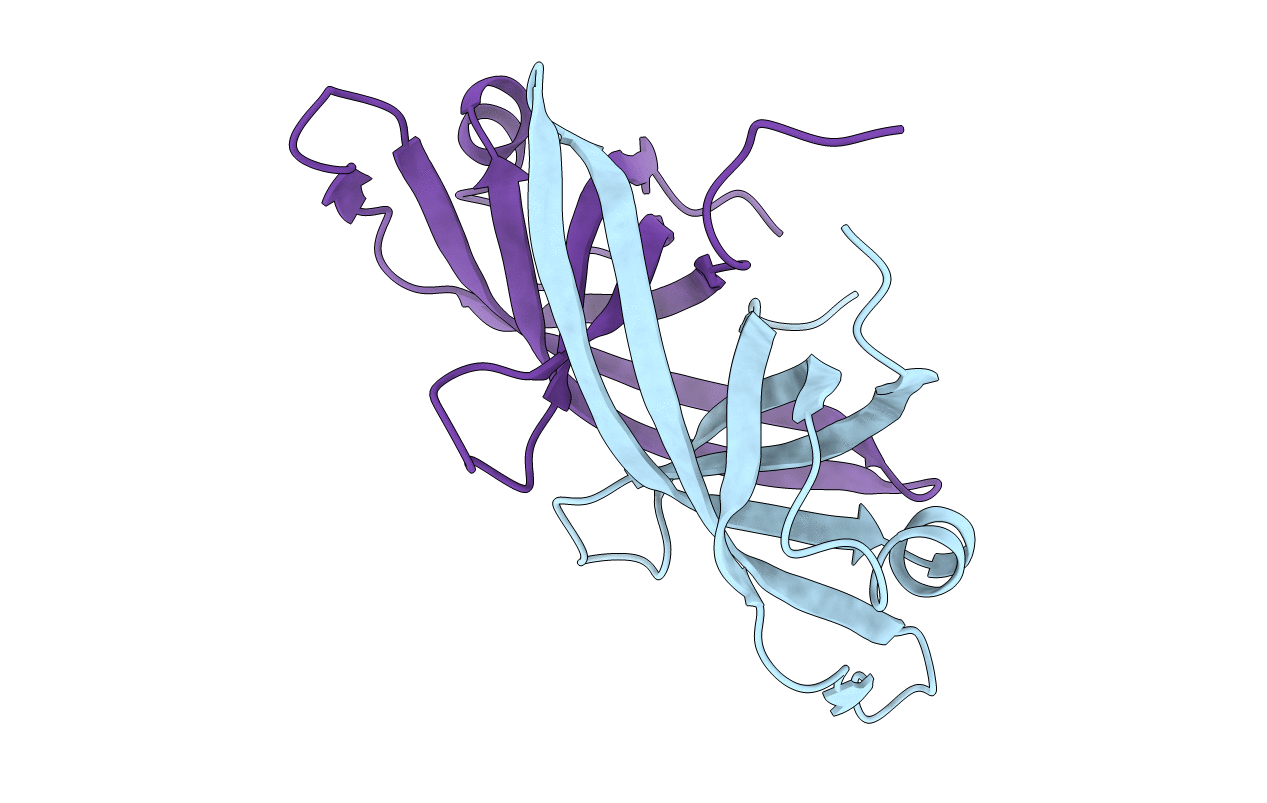
Deposition Date
2009-10-14
Release Date
2010-01-12
Last Version Date
2023-09-06
Entry Detail
Biological Source:
Source Organism:
Neisseria gonorrhoeae FA 1090 (Taxon ID: 242231)
Host Organism:
Method Details:
Experimental Method:
Resolution:
2.70 Å
R-Value Free:
0.28
R-Value Work:
0.24
R-Value Observed:
0.24
Space Group:
I 41


